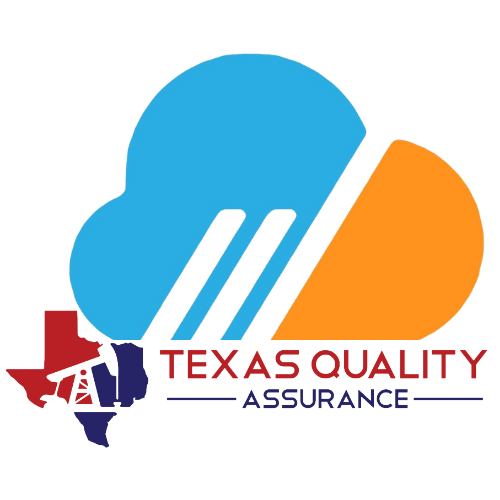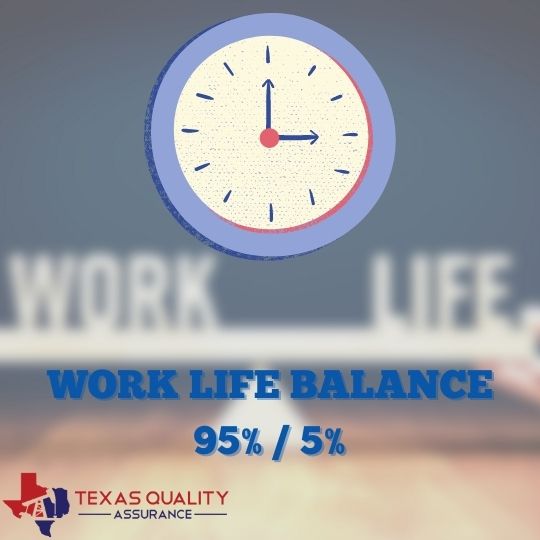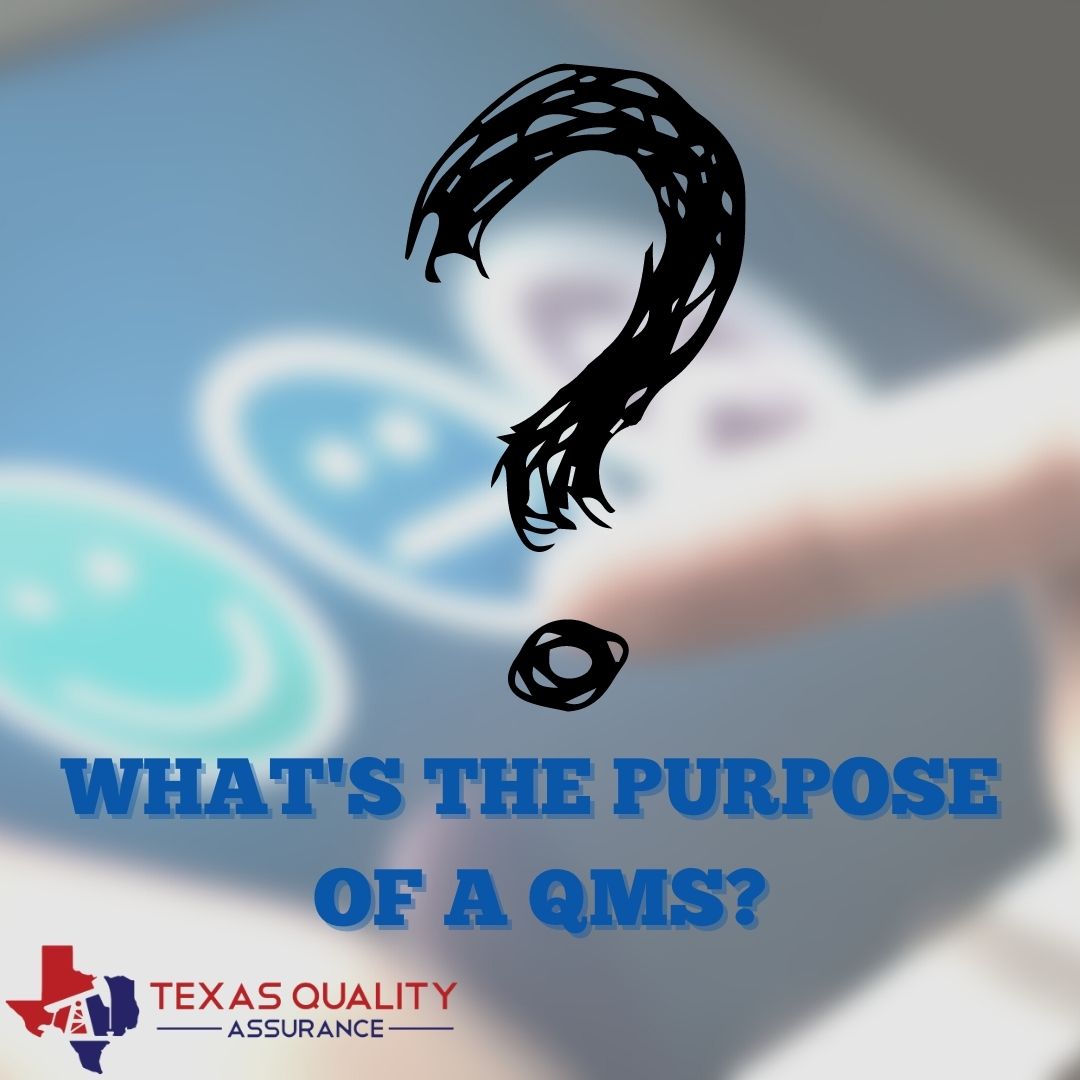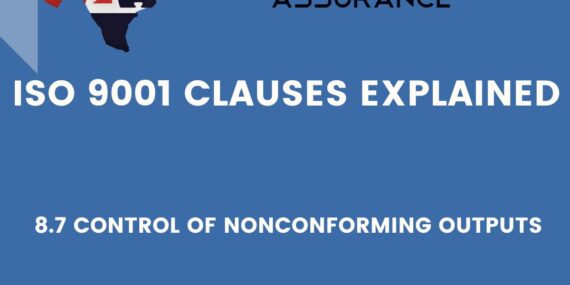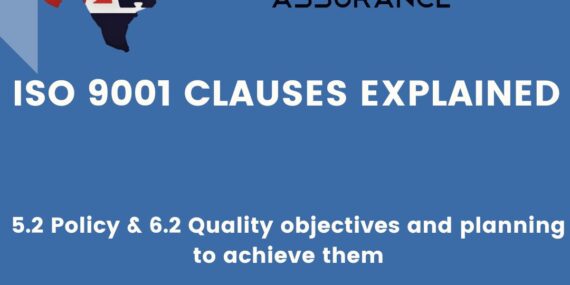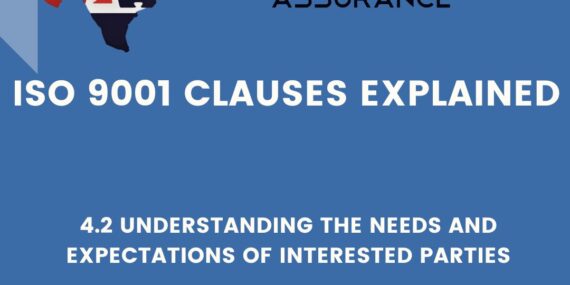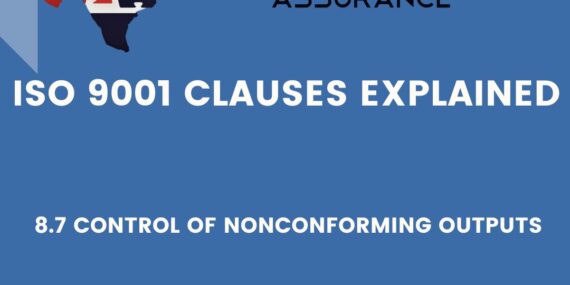ISO 9001 CLAUSES EXPLAINED – 5.2 Policy (Quality Policy)
Creating a quality policy is a fundamental step in establishing a robust Quality Management System (QMS). In Episode 181 of the #QualityMatters podcast, we delve into the essential elements of crafting a quality policy that aligns with your organization’s goals and regulatory requirements. Here’s a step-by-step guide based on our discussion, complete with practical examples…
